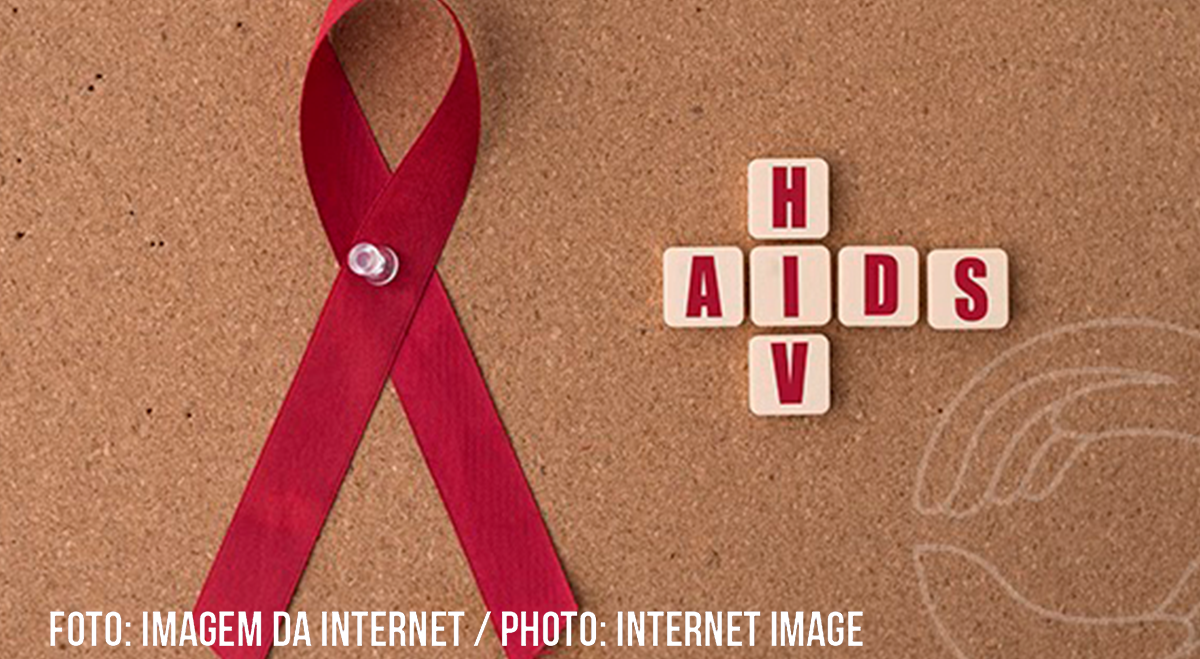
Four decades of HIV/AIDS, much accomplished and much to do
Despite advances in knowledge of the pathogenesis, diagnosis, and treatment of aids, the development of effective vaccines and strategies capable of eradicating hiv are still objectives not achieved
08/10/2020By Dr. Carlos Brites – Full Professor of Infectious Diseases, Faculty of Medicine, Federal University of Bahia (UFBA) and coordinator of the Laboratory of Research in Infectious Diseases of the University Hospital Complex Professor Edgard Santos (HUPES)

Maintenance of combined prevention strategies aimed at the most vulnerable populations, expansion of antiretroviral treatment, and persistence in efforts to find a definitive solution are still essential
Four decades ago the world was surprised by the report of a new disease, characterized by marked lymphopenia, due to the fall in the CD4+ cell population, and which evolved with opportunistic diseases, seen, until then, only in cases of severe immunodeficiency1. The so-called Acquired Immunodeficiency Syndrome or AIDS would be in the spotlight of the entire medical community and the society, as it seemed like a cosmopolitan epidemic, gradually reaching all countries in the world. In addition, it proved capable of reaching not only male homosexuals, the population primarily hit at first, but heterosexual men, injecting drug users, blood product recipients, women and children.
The AIDS epidemic has triggered an immense research effort around the world to characterize the new disease, and also to elucidate its etiological agent and pathogenic mechanisms. Thus, the retrovirus that caused the syndrome, initially called HTLV-III, was quickly isolated due to its similarity to the first two human retroviruses identified a few years earlier, and later named as human immunodeficiency virus (HIV). This discovery allowed the development of serological tests for the detection of the virus, allowing its active search in suspected cases and in their communicators. However, there was still no treatment, and the clinical approach was aimed at controlling the manifestations of the syndrome, with an average estimated survival of only 6 months, for cases diagnosed with manifestations of the syndrome. The first active HIV drug, azidothyllin (AZT, or Zidovudine) brought hope for patients diagnosed with AIDS, but we soon found that its initial efficacy was transient, and studies conducted at the time showed that HIV had frequent mutations in its genetic code, causing mutant viral strains to survive the action of antiretroviral drugs, resuming viremia and the consequent progression of immunodeficiency.
Other drugs, such as didanosine (DDI) and lamivudine soon added to the existing therapeutic arsenal, and combined treatment with two drugs proved to be more active than monotherapy, but still unable to keep viral replication under control.
This condition would only change from the mid90s, when the development of a new class of drugs, viral protease inhibitors, and their combined use with two nucleoside analogues, allowed effective control of viremia, enabling immune recovery and keeping the patient free from the consequences of immunodeficiency. In Brazil, the efforts of the civil society led the government to define in federal law that antiretroviral treatment was the right of patients, and should be provided by the Brazilian government, at no cost to patients. In addition, from the availability of tests for diagnosis and monitoring of HIV infection throughout the public network, a program of care for AIDS patients was structured, which became a world reference, due to its scope and effectiveness in controlling the epidemic.
If the first treatments for HIV infection were poorly tolerated, complex and caused adverse effects in a considerable portion of patients, the evolution of treatment in the following years led us to the discovery of new classes of drugs, with greater effectiveness, safety and dose convenience, culminating in treatment combinations in a single daily pill, with efficacy levels close to 100%. Other advances in this area include the extensive use of pre and post-exposure prophylaxis, which has contributed significantly to the reduction of new cases. Long-acting drugs used intramuscularly or subcutaneously are also already options for prevention and treatment of HIV-1 infected patients. The identification of new therapeutic targets and new treatment strategies promise an even greater expansion of our therapeutic arsenal.
Despite the undeniable advances made in the knowledge of the pathogenesis, diagnosis and treatment of AIDS, the development of effective vaccines and strategies capable of eradicating HIV are still unmet objectives. The identification of at least 2 cases of cure of HIV infection (the so-called Berlin man and Man of London), demonstrates that it is possible. Recently, a Brazilian study brought a new contribution, when reporting a case of prolonged infection control, after discontinuation of the use of antiretrovirals, opening the possibility of viral eradication without the strategy used in the first two cases (bone marrow transplantation). The development of highly neutralizing monoclonal antibodies and the use of drugs capable of reversing viral latency are other strategies potentially able to bring us closer to viral eradication.
Finally, we cannot ignore the advances in reducing the stigma and prejudice that characterized the beginnings of the epidemic. Although much remains to be done in this aspect, the initial barriers to the acceptance of patients with HIV-AIDS were gradually overcome, improving the quality of life of this population. In this particular, the recent impact caused by the scientific recognition that patients without detectable viruses in the blood were not able to transmit it (U=U; undetectable=untransmissible). In addition, the universal treatment strategy (test and treat) proved to be an efficient prevention mechanism, reducing the number of people infected without treatment, and consequently reducing the occurrence of new infections.
Despite all the advances, we still have nearly two million new cases occurring worldwide each year, with more than 700 thousand annual deaths caused by AIDS, showing that we still have a long way to go in definitively eradicating this scourge. In this sense, maintenance of combined prevention strategies, aimed at the most vulnerable populations, expansion of antiretroviral treatment, and persistence in efforts to find a definitive solution (vaccine or cure) are still essential to turn this page of human history.










